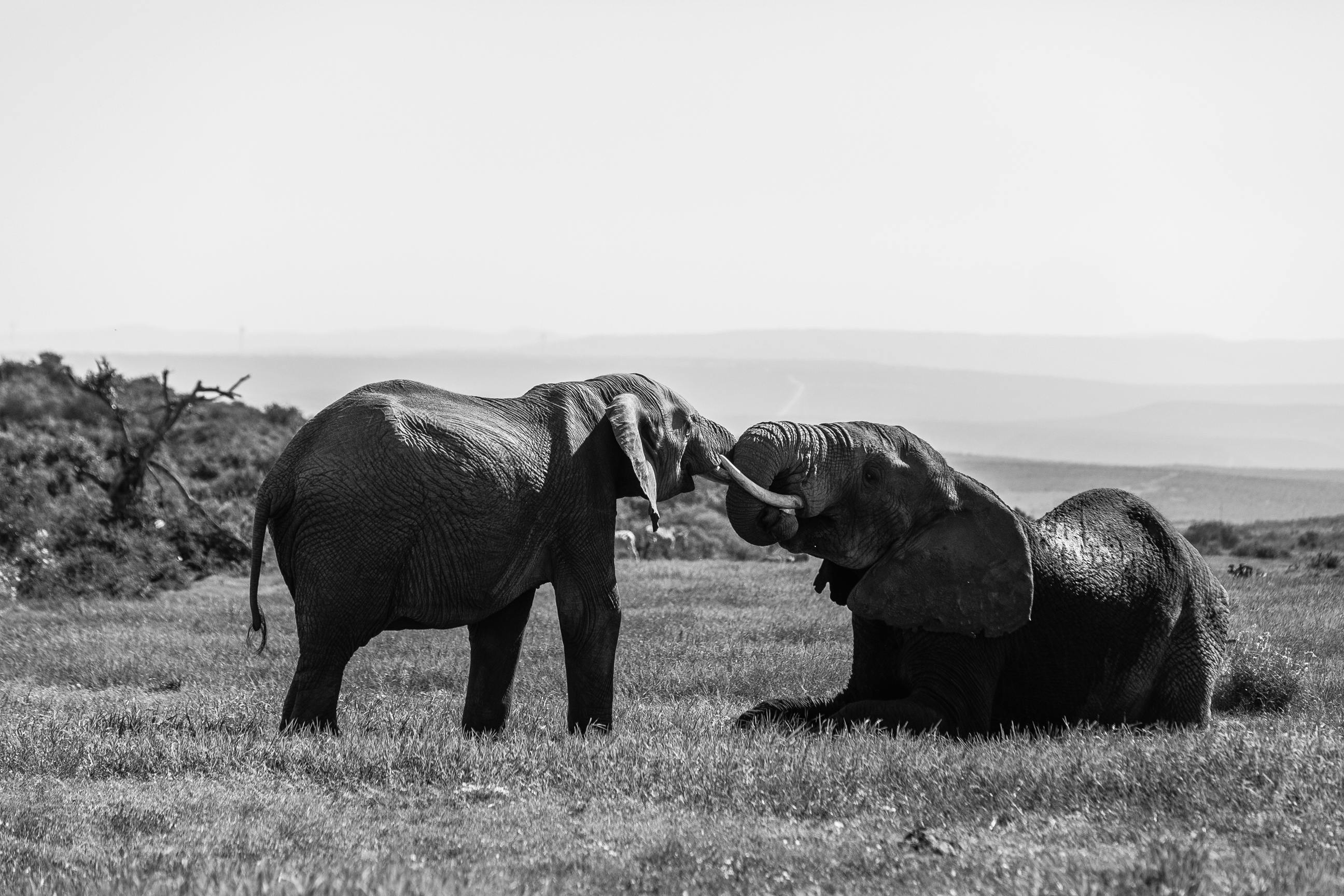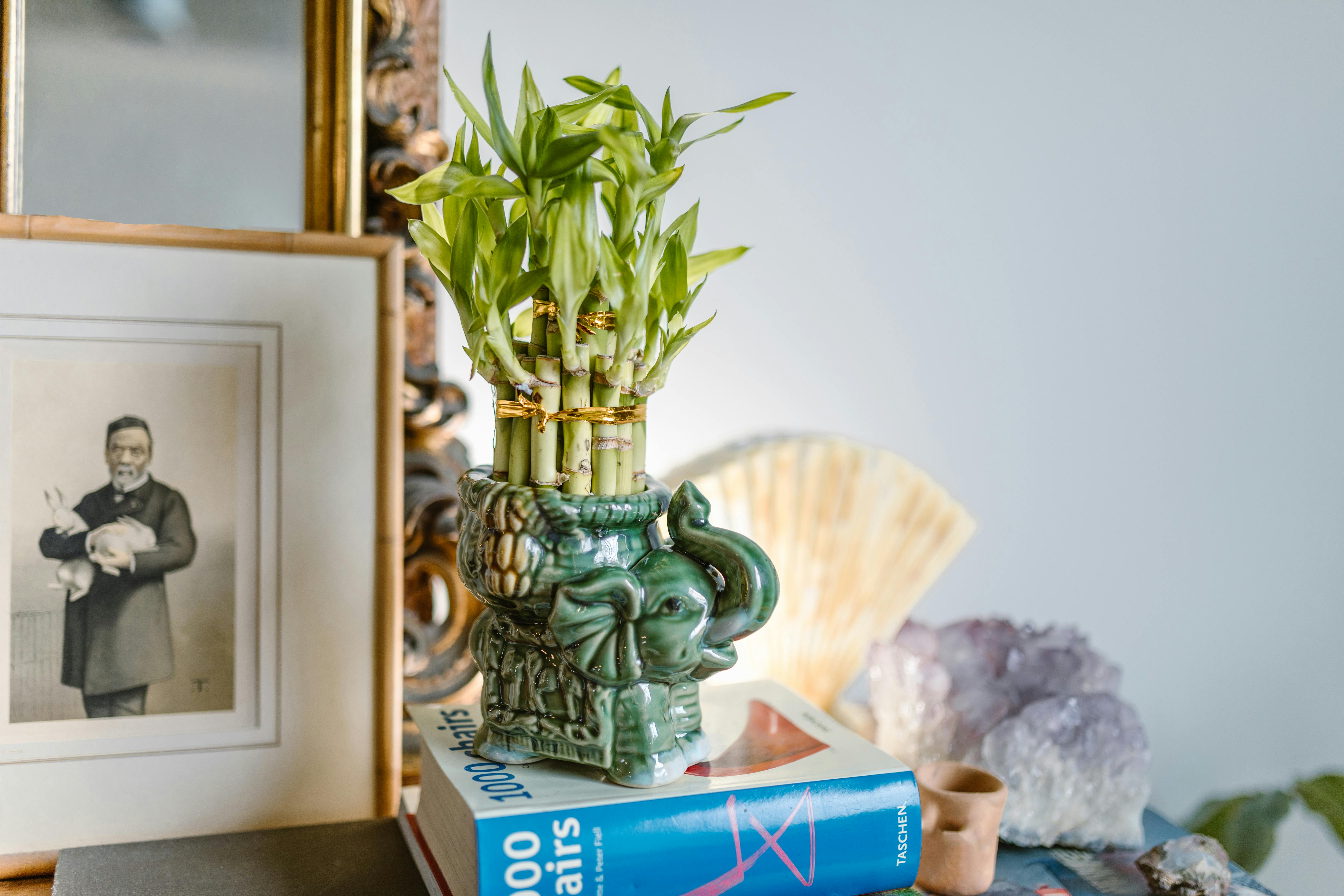Understanding the Soil Requirements for Elephant Ears
Elephant ears are a popular ornamental plant that is prized for its large, vibrant foliage. It is a relatively easy to grow plant, but it does have some specific soil requirements that should be taken into account when planting. The soil should be rich in organic matter, well-draining, and slightly acidic.
Elephant ears prefer soils with a high content of organic matter such as compost or aged manure. This helps to retain moisture while also providing essential nutrients for the plant to thrive. The soil should also be well-draining to ensure that the roots do not become waterlogged and rot. If the soil is too heavy or clay-like it may need to be amended with sand or other material to improve drainage and aeration.
The pH of the soil should also be slightly acidic, between 5.5 and 7.0 on the pH scale. If the soil is too alkaline it can affect the absorption of essential nutrients by the plant’s roots, causing stunted growth or discoloration of foliage. A simple pH test kit can be used to determine if your soil falls within this range or not before planting your elephant ears.
Overall, elephant ears require soils that are rich in organic matter, well-draining, and slightly acidic in order for them to thrive and grow optimally. By taking these factors into consideration you can ensure that your elephant ears get off to a good start and continue to look their best throughout their growing season!

Signs of Overwatering in Elephant Ear Plants
Overwatering an Elephant Ear plant can cause serious damage and even death. Signs of overwatering include yellow or browning leaves, wilting, and root rot. Leaves may also become limp or mushy instead of standing upright. The plant may also take on a more pale green hue. If the soil is constantly wet or soggy, it is a sign of overwatering. If you notice any of these signs, it’s important to adjust your watering practices immediately so that you can save your Elephant Ear plant.
Root rot is a common symptom of overwatering an Elephant Ear plant and can occur in both indoor and outdoor plants. Root rot is caused by waterlogging the soil, which prevents oxygen from getting to the roots and causes them to decay. This can lead to stunted growth, yellow leaves, wilting, or complete death if not taken care of quickly. The best way to prevent root rot is to water your plant only when the top inch or two of soil has dried out completely.
In addition to root rot, overwatering your Elephant Ear plant can lead to fungal diseases such as leaf spot and black spot. These diseases are caused by fungi that thrive in moist environments and can quickly spread throughout the entire plant if not taken care of immediately. To prevent fungal diseases, make sure to water your Elephant Ear only when it needs it and avoid getting the foliage wet when watering.
Problems with Poor Drainage and Elephant Ear Plants
Poor drainage can cause a variety of problems for elephant ear plants, including root rot, yellowing or wilting of the leaves, and stunted growth. Root rot is caused by the plant not being able to access sufficient oxygen as waterlogged soil prevents air from reaching the roots. This causes the roots to start rotting and eventually die, leading to yellowing and wilting of the leaves. It can also stunt the growth of the plant as it is unable to take in sufficient nutrients from the soil.
The best way to prevent this issue is by improving drainage around the plant. If possible, try to use raised beds or add more compost or organic matter to improve drainage. Ensure that any water that drains away from the plant does not pool around its roots and keep an eye out for any signs of root rot or other problems.
Preventing Disease in Elephant Ear Plants
Elephant ear plants are attractive, tropical foliage plants with enormous, heart-shaped leaves. They are relatively easy to care for but can be susceptible to diseases if not properly managed. To prevent disease in elephant ear plants, it is important to properly water the plant, monitor the environment for signs of pests or disease, and recognize the signs of problems early on.
Proper watering is key for preventing disease in elephant ear plants. Overwatering can lead to root rot and other fungal diseases, while underwatering will cause the plant to become vulnerable to attack from pests and diseases. It is important to allow the soil to dry out between waterings and check the moisture level of the soil before watering again.
Monitoring the environment for signs of pests or disease is also important for preventing problems with elephant ear plants. Look for things like spots on the leaves, wilting, yellowing leaves, mold growing on the surface of the soil, or bugs crawling around near the base of the plant. If any of these signs are noticed, it is important to take action immediately in order to prevent further spread of any potential diseases or pests.
Finally, it is important to recognize early signs of problems with elephant ear plants so that they can be addressed before they become more serious issues. Common symptoms include discoloration or wilting leaves; stunted growth; brown spots on leaves; and unusual leaf shapes or patterns. If any of these symptoms are noticed, it is important to address them right away in order to keep your elephant ear plant healthy and disease free.

Conclusion
Elephant ear plants are very sensitive to their environment and need the right combination of light, water, and soil to thrive. If your elephant ear plant is drooping, it likely means that one or more of these needs is not being met. It could be a lack of water, too much water, too much light, or not enough fertilizer. By assessing each of these needs and making the necessary changes, you should be able to bring your elephant ear plant back to life.
It’s always important to keep a close eye on your plants and monitor any changes in their appearance or behavior so that you can catch any issues early on and take action before they become serious problems. With a bit of patience and attention, you should be able to save your drooping elephant ear plant and keep it looking healthy for years to come.

